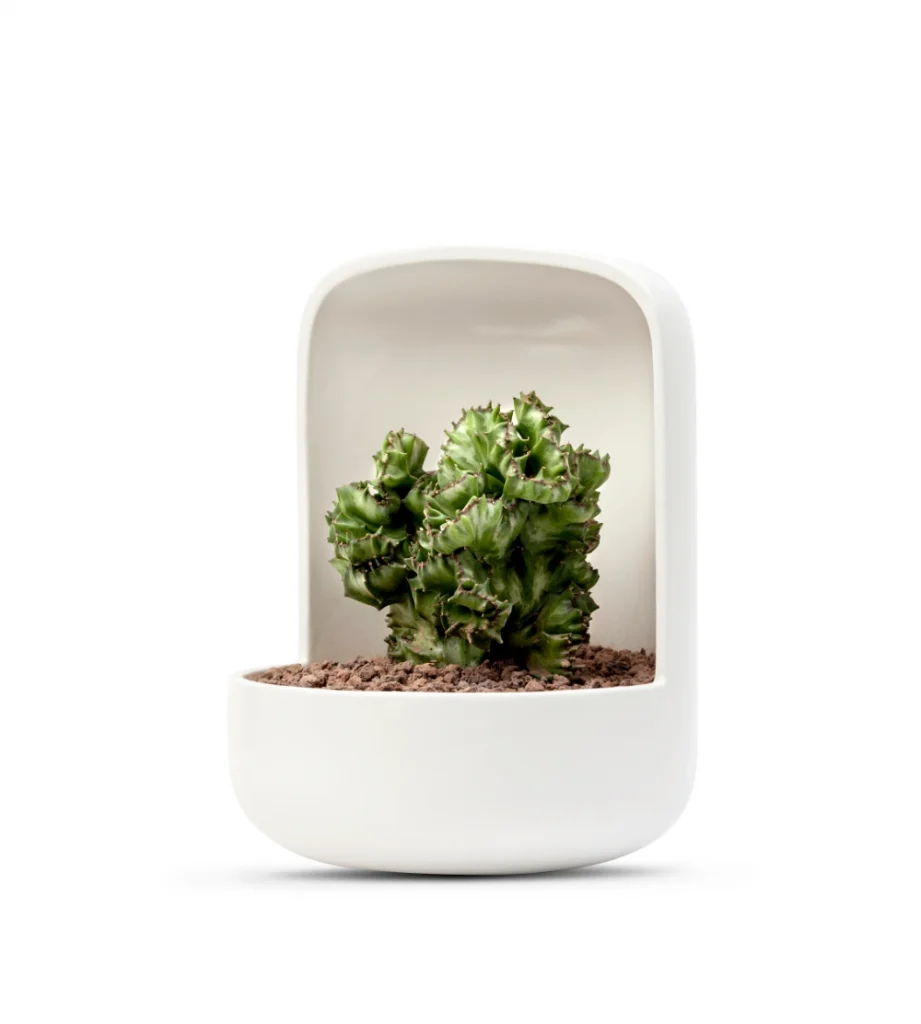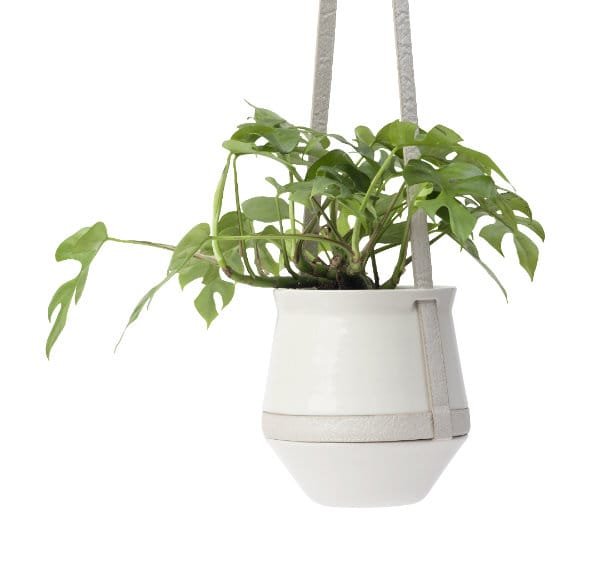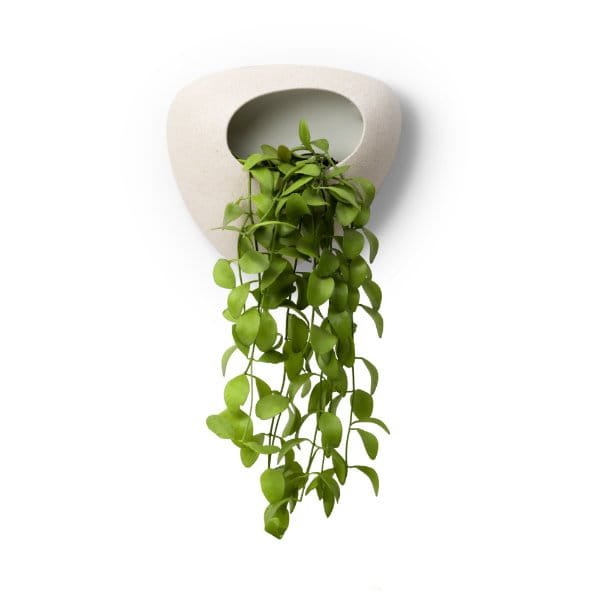Pachira Aquatica, also known as Guiana Chestnut, is ideal for adding green to dull interiors. This specimen does not stand out for its leaves, but for its unique trunk. In a braid form, you will find it incredible when you see it live for the first time.
Originating from South America, it is a type of plant that needs a lot of light to grow properly. It tolerates cold little, so if you live in a region with low temperatures in winter, you will need to give it special treatment. As for watering, it should be moderate. Once every two weeks is sufficient.
Keep in mind that we are talking about an indoor tree, so it can easily reach thirty centimeters tall. Its palm-shaped leaves can measure up to 35 centimeters.
One last tip about the Guiana Chestnut: if you want it to adapt well to your home and grow without problems, choose planters that increase in size. If you have a large living room, it will capture everyone’s attention.
Did you know any of these rare plants? They are not commonly found in greenhouses and gardening centers, but experts do not hesitate to place them at the top when it comes to interior design. They are also very easy to care for, so you won’t have to worry too much about this point. You now have no excuse not to incorporate one of these wonderful specimens into your home.











